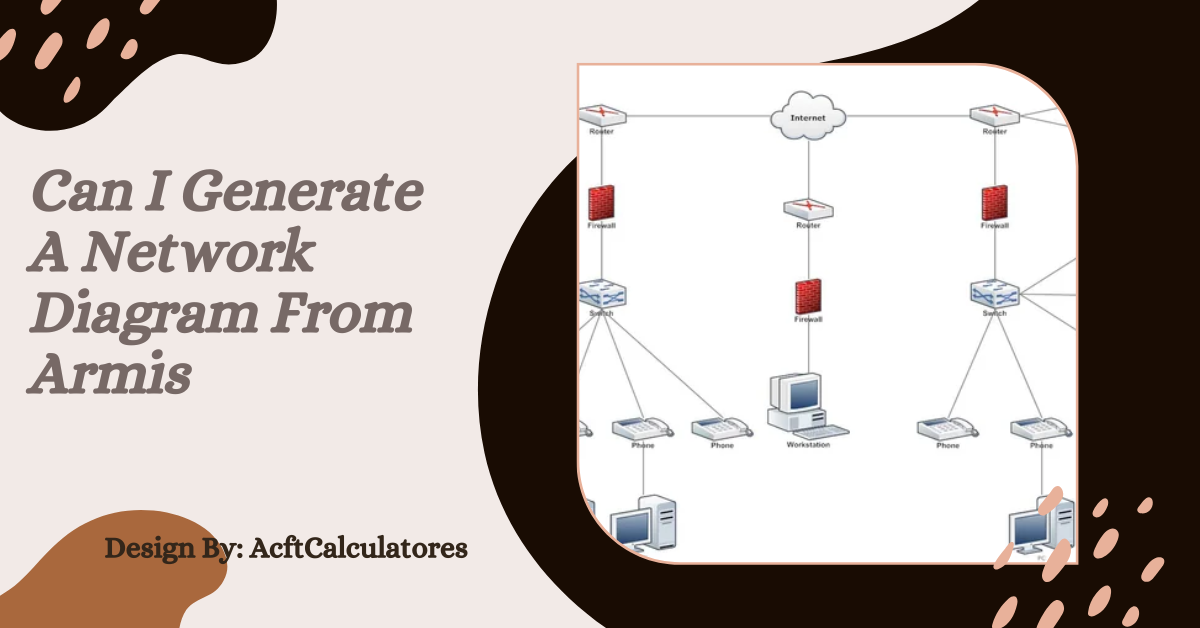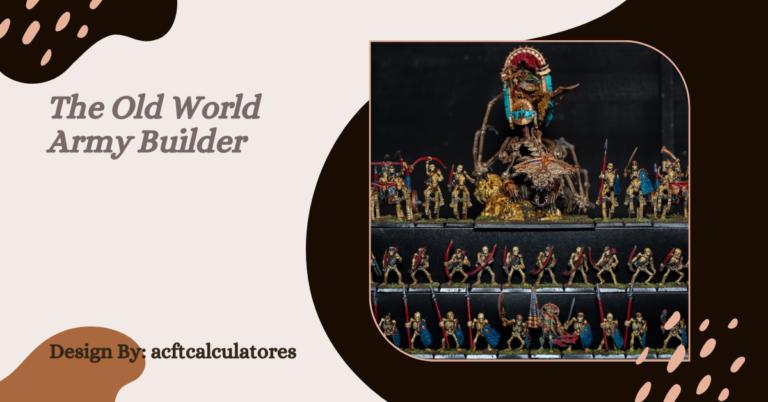Can I Generate A Netwok Diagram From Armis – A Complete Overview!
Armis enhances network visibility, showing device connections, but requires third-party tools for full network diagrams.
Here, we’ll explore what network diagrams are, how Armis enhances network visibility, and if it can be used to create these essential visual representations.
Table of Contents
Understanding Network Diagrams
A network diagram is a visual representation of an organization’s network infrastructure, illustrating devices, connections, and data flows between components. These diagrams are fundamental for:
- Network management: Offering insights into network topology and layout.
- Troubleshooting: Helping IT teams quickly identify and resolve issues.
- Security planning: Allowing teams to detect potential vulnerabilities and optimize defenses.
Why Network Diagrams Are Important
Network diagrams aid IT and security teams in understanding how different components interact. They help:
- Optimize Network Performance: By visualizing data flows, teams can manage bandwidth usage and reduce latency.
- Enhance Security: Identifying and understanding device connections helps in detecting unauthorized access and mitigating risks.
- Simplify Compliance: For industries that need to adhere to compliance regulations, network diagrams provide necessary documentation.
Armis: A Robust Solution for Network Visibility
Armis is designed to monitor and secure networks by identifying and managing connected devices, including unmanaged and IoT devices. Some key features include:
- Asset Inventory: Provides real-time insights into all devices on your network, from traditional IT assets to IoT and OT (Operational Technology).
- Risk Assessment: Evaluates device security, identifying vulnerable devices that might compromise the network.
- Continuous Monitoring: Tracks devices 24/7, ensuring proactive response to security threats.
Can You Create Network Diagrams with Armis?
While Armis excels in device visibility and network security, it does not directly generate traditional network diagrams like flowcharts or topological maps. However, it does offer tools that serve similar purposes in network management:
- Device Inventory Visualization: Armis provides a comprehensive view of all connected devices, categorized by type, risk level, and connectivity, which gives a structured outline of your network assets.
- Connection Mapping: The platform identifies connections between devices, showing how each device interacts with others. This information is valuable for understanding network topology without a formal network diagram.
- Third-Party Integration: Armis integrates with other platforms, such as ServiceNow or Splunk, which may support diagram generation based on Armis’s data. This integration allows you to combine Armis data with specialized network diagram tools to create complete visual representations.
How to Visualize Your Network Using Armis:
To make the most of Armis’s network visibility, you can follow these steps:
- Access the Device Inventory: Start by examining your network’s devices through the Armis dashboard. You can filter devices based on type, connection, and vulnerability.
- Analyze Device Connections: Review connection paths and data flows between devices to understand your network’s architecture.
- Leverage Integration: If you need a complete diagram, export Armis’s data to a network visualization tool that supports diagram creation, such as Visio or Lucidchart.
Best Practices for Network Visualization in Armis:
- Use Comprehensive Filtering: Utilize Armis’s filters to segment devices by type, risk level, and usage, which helps in organizing complex networks.
- Monitor Risk Scores: Review risk assessment scores provided by Armis to prioritize devices that may need closer monitoring in your network topology.
- Regularly Export Data: If you need formal diagrams, consider exporting Armis data to integrate with other visualization tools periodically to maintain an updated network map.
Alternative Tools for Network Diagram Generation:
If your primary need is network diagram generation, consider these tools that can complement Armis:
- Microsoft Visio: Known for its user-friendly diagram creation and variety of templates.
- Lucidchart: A web-based diagramming tool with real-time collaboration features.
- SolarWinds Network Topology Mapper: Specifically designed for automated network diagram generation and continuous mapping.
FAQ’s
1. Can Armis generate network diagrams directly?
No, Armis does not generate traditional network diagrams but provides extensive visibility into devices and their connections.
2. What does Armis provide instead of network diagrams?
Armis offers device inventory visualization and connection mapping, which help users understand network architecture without formal diagrams.
3. How does Armis enhance network visibility?
Armis tracks all devices, including IoT and unmanaged ones, in real-time, providing a comprehensive view of network assets and connections.
4. Can Armis data be used in other diagramming tools?
Yes, Armis data can be exported to tools like Microsoft Visio, Lucidchart, or SolarWinds Network Topology Mapper to create detailed network diagrams.
5. What are the primary uses of Armis in network management?
Armis is used for asset inventory, risk assessment, and continuous monitoring, helping manage network resources and detect security risks.
6. Does Armis offer integration with third-party tools?
Yes, Armis integrates with platforms like ServiceNow and Splunk, enabling enhanced functionality for network visualization and management.
7. How can I visualize network topology using Armis?
You can use Armis’s device inventory and connection mapping features, then export data to a visualization tool for a complete network diagram.
8. What are some best practices for network visualization in Armis?
Use Armis’s filtering, monitor risk scores, and regularly export data to keep an updated, organized view of your network.
Final Thoughts
While Armis doesn’t create traditional network diagrams, its robust network visibility features allow users to manage and monitor devices effectively. By integrating Armis data with other visualization tools, you can generate network diagrams that fully represent your infrastructure, helping to enhance your network management and security efforts.







